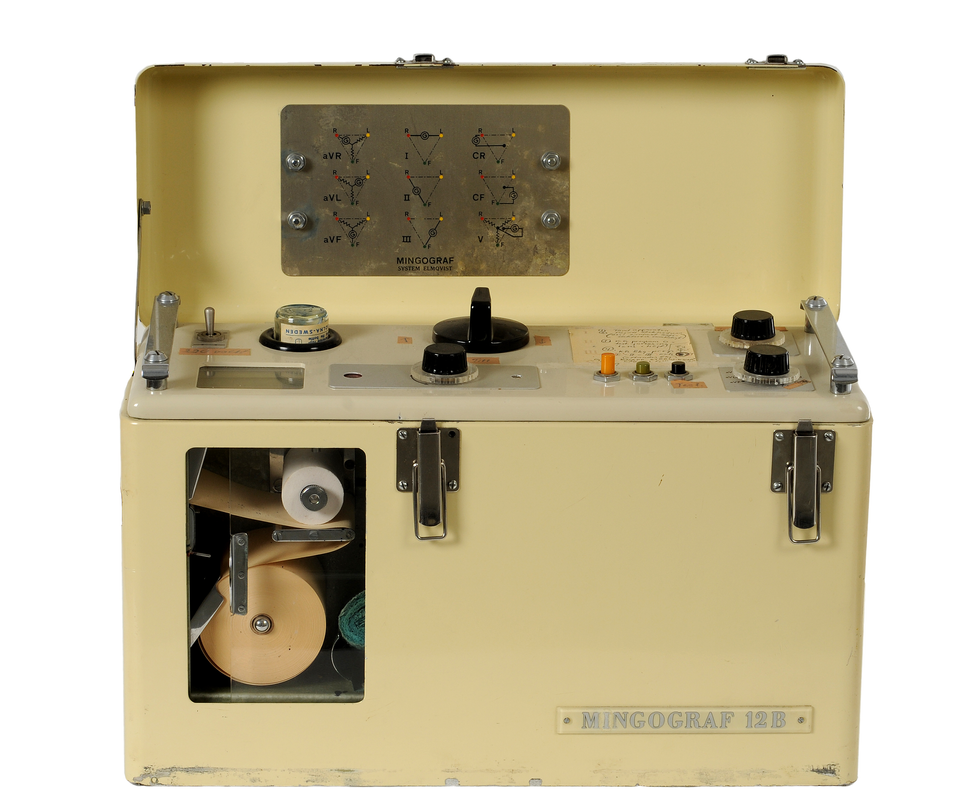Now Reading: How the First Inkjet Printer Emerged as a Medical Innovation
-
01
How the First Inkjet Printer Emerged as a Medical Innovation
How the First Inkjet Printer Emerged as a Medical Innovation

Speedy Summary
- Rune Elmqvist, a Swedish engineer adn doctor, invented the world’s first inkjet printer, the Mingograph, in 1949 while working at Elema-Schonander.
- The Mingograph was introduced at the First International Congress of Cardiology in Paris in 1950. it recorded real-time physiological signals like electrocardiograms and electroencephalograms.
- The technology eliminated friction issues of earlier stylus-based recording systems, using a movable glass nozzle to spray ink controlled electrostatically.
- Beyond medicine, researchers used the Mingograph to record data such as birdsongs and speech acoustics; its technology laid groundwork for modern inkjet printing applications.
- In 1958, Elmqvist collaborated with cardiac surgeon Åke Senning to develop the first fully implantable pacemaker for Arne Larsson-a patient with severe cardiac issues.
- Encased in epoxy resin and powered by rechargeable nickel-cadmium batteries through inductive charging via an external antenna loop system, early pacemakers improved heart pacing but required weekly recharges lasting up to 12 hours each.
- Despite challenges-Larsson underwent 26 surgeries over his lifetime-the device considerably extended Larsson’s life by decades. He eventually lived until age 86 and did not die due to heart failure.
- Today’s pacemakers integrate advanced features such as defibrillators and have lifespan improvements of up to 15 years per unit.
!Rune Elmqvist working on medical devices
Caption: Rune Elmqvist qualified as a physician but pursued engineering innovations like galvanometers.
Photo Credit: Håkan Elmqvist/Wikipedia
!Mingograph used for heart patients
Caption: Initially intended for medical applications like ECG recordings.
Photo Credit: Siemens Healthineers Historical Institute
!Early implantable pacemakers from various eras
Caption: Left – First-generation rechargeable pacemaker (1958); Right – Programmable battery-powered version (1983).
Indian Opinion Analysis
Rune Elmqvist’s groundbreaking inventions mark significant milestones not only for global medical advancements but also hold indirect implications for India’s own technological journey. Despite being conceived abroad,both innovations-the inkjet printer framework and implantable pacemaker-have influenced approaches relevant within India’s health sector priorities alongside technological manufacturing fields.
Firstly, widespread access enabled by technologies such as modern inkjets highlights India’s growing educational reliance on affordable digital tools emphasizing accessible science delivery while scaling early-stage localized hospital diagnostic sharing similarly real dev/use-study automations catalytic-spinoffs questionnaires























